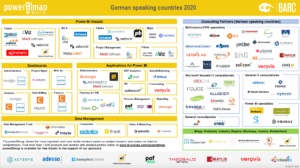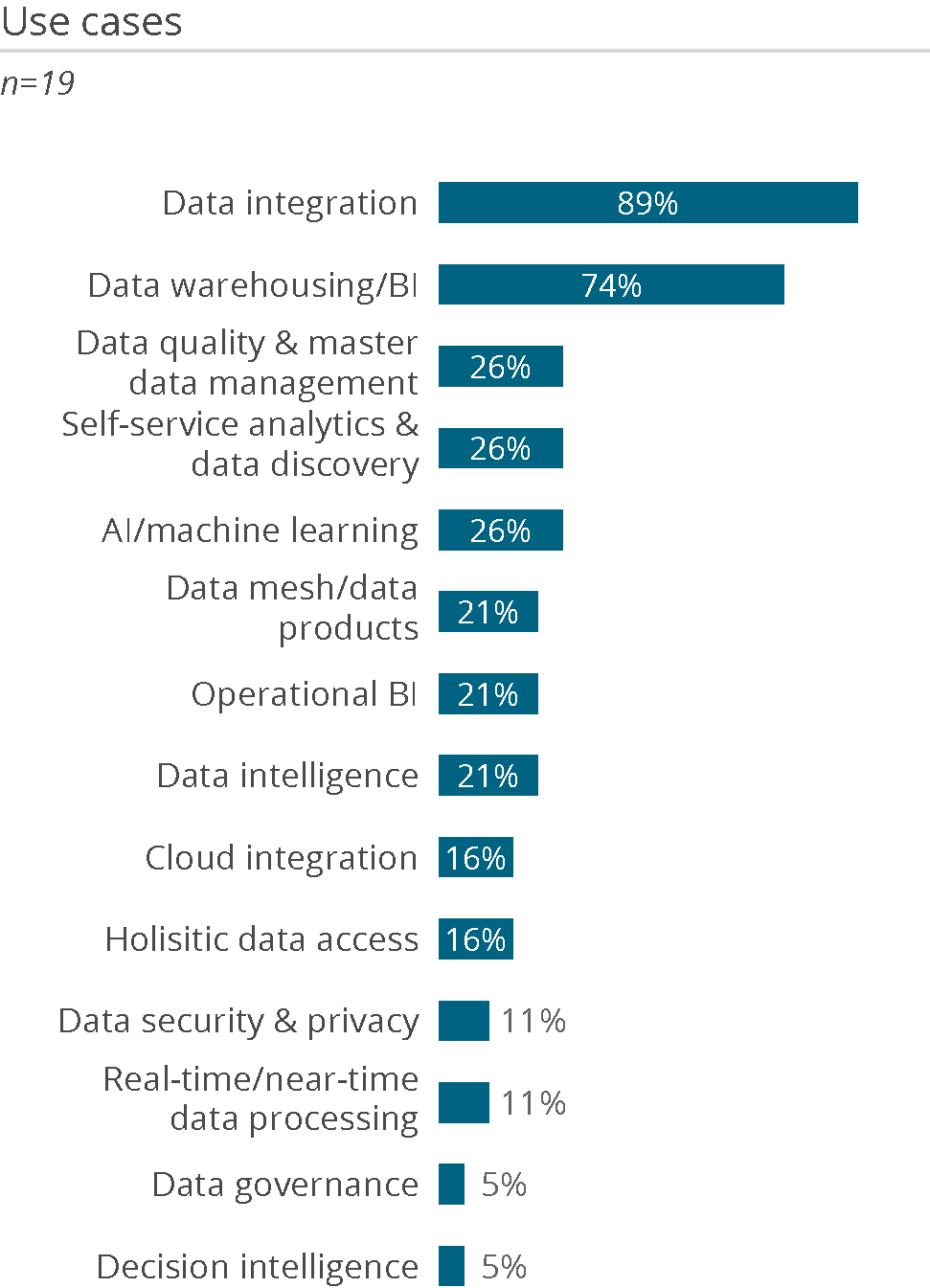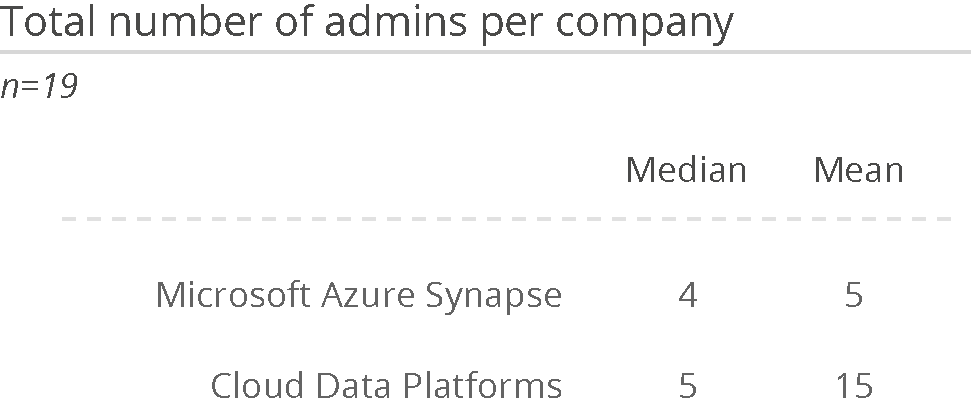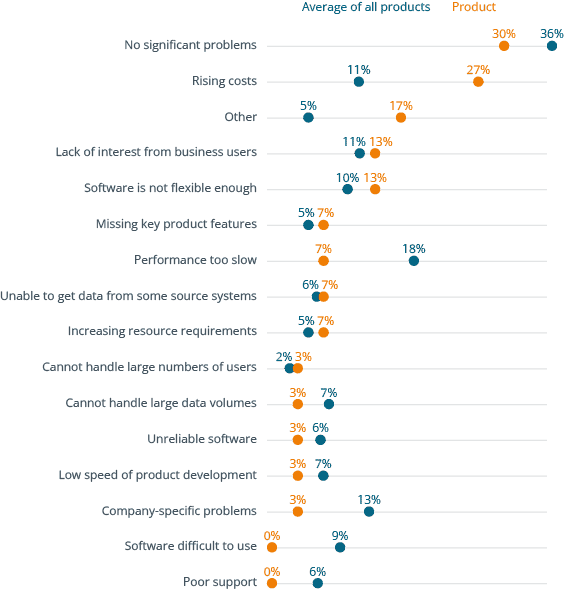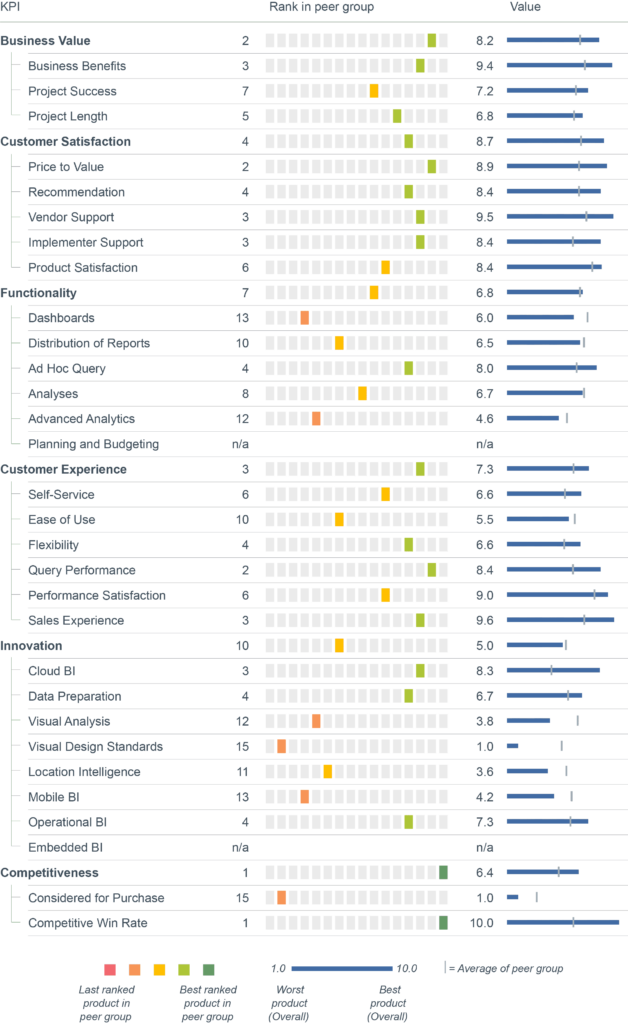Microsoft is the world’s largest software company by market capitalization. It was founded in 1975 and is headquartered in Redmond, Washington in the United States. It has become a household name primarily through the Windows operating system and Office application suite. Microsoft also has a vast range of enterprise software and cloud offerings, including its own database, browser, various servers and ERP solutions. In recent years, Microsoft has focused its business on cloud-based solutions such as Azure. AI and machine learning have also become important in product development.
Azure is Microsoft’s cloud platform. It offers over 200 different products and services on a global physical infrastructure consisting of data centers in over 60 countries. Founded in 2008, Azure has driven much of Microsoft’s recent growth and has become a successful strategic pillar for Microsoft, with revenue of more than 75 billion USD. Microsoft is the second largest cloud provider in the world, behind Amazon Web Services (AWS). With total annual revenue of 224 billion USD, Microsoft enjoys strong business demand for its software and services.
Companies of all sizes and industries utilize Microsoft Azure. Products scale efficiently and components can be integrated easily with each other. In addition to Microsoft’s own services, certified partners offer a huge variety of solutions and services through the constantly growing Azure Marketplace. Microsoft Azure has a competitive and broad offering in the data and analytics space, ranging from PaaS solutions for data and big data management and analytics to multiple AI and machine learning offerings to specialized SaaS solutions, such as Azure Purview for data governance.
Over the years, Microsoft has developed several services on Azure to allow for the seamless implementation of data and analytics solutions. Power BI, its cloud-based reporting solution, has become a de facto standard for BI. Additional services for data management, data lake storage, and data processing and transformation have been added over the years. To help customers simplify how they manage BI and AI/ML workloads, and to compete with converged data platforms such as Snowflake and Databricks, Microsoft combined all its relevant data and analytics services into Azure Synapse Analytics.
Azure Synapse Analytics combines Microsoft’s Data Lake Storage service with its own massively parallel processing (MPP) SQL engine and Apache Spark, the market-leading open-source data processing engine. This combination enables the execution of enterprise data warehousing workloads as well as data science and machine learning workloads in one cohesive environment. The Azure Data Factory service for ETL is also included in Azure Synapse Analytics. Azure Data Factory offers code-based and code-free implementation of data pipelines for many source systems including several cloud services and ecosystems (e.g., SAP, GCP, AWS, Oracle and many others). It also integrates with Power BI – its own cloud-based reporting solution – which in turn has introduced features to seamlessly integrate with Azure Synapse Analytics.
Microsoft Fabric became generally available (GA) in 2023 and provides an alternative path by stitching together elements from Power BI, Azure Synapse, Azure Data Factory and Microsoft OneLake into a single SaaS environment with unified governance. Microsoft Fabric supports use cases that span data engineering, data science, data warehousing, real-time analytics and BI. Microsoft also offers database templates for Azure Synapse Analytics. These include content for industry verticals and a large number of generic use cases.
